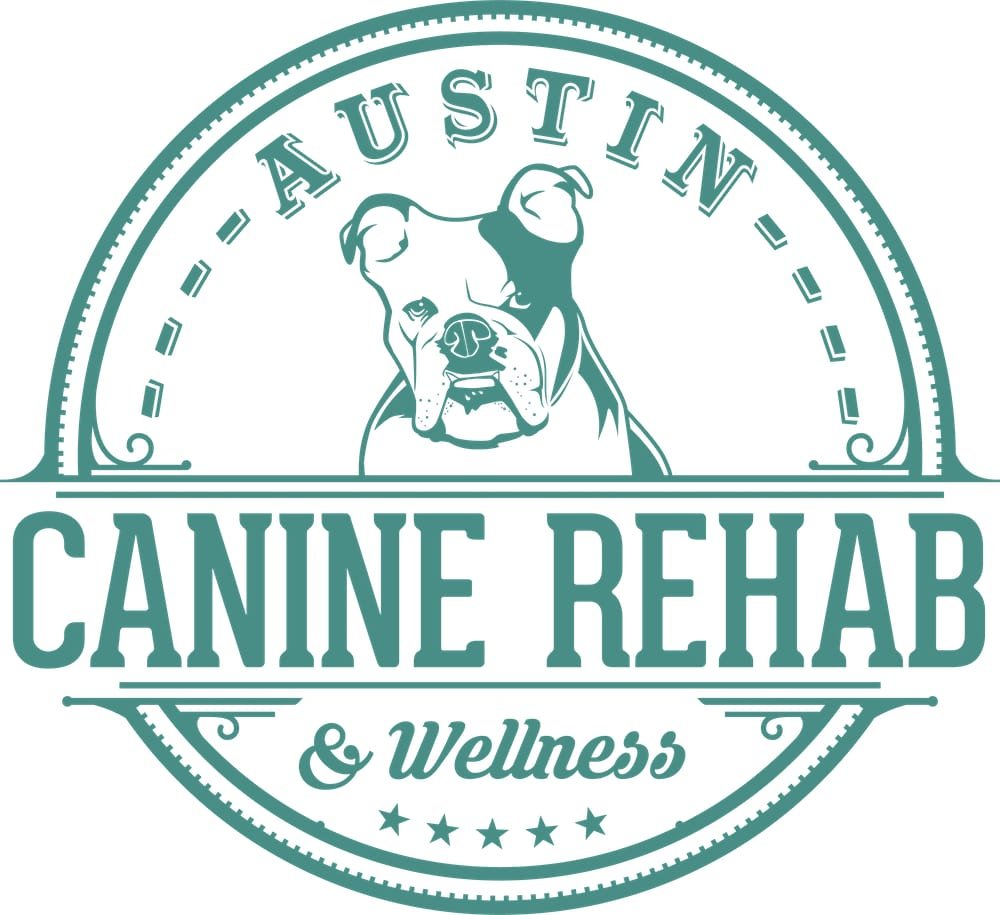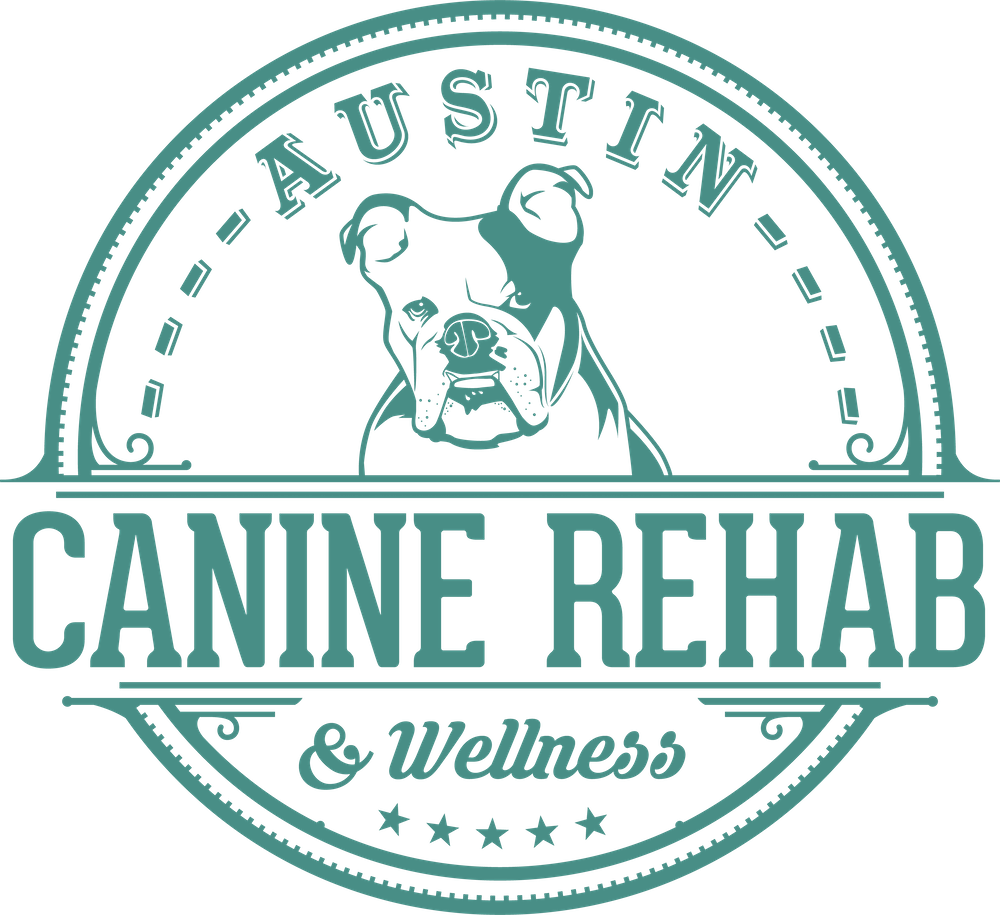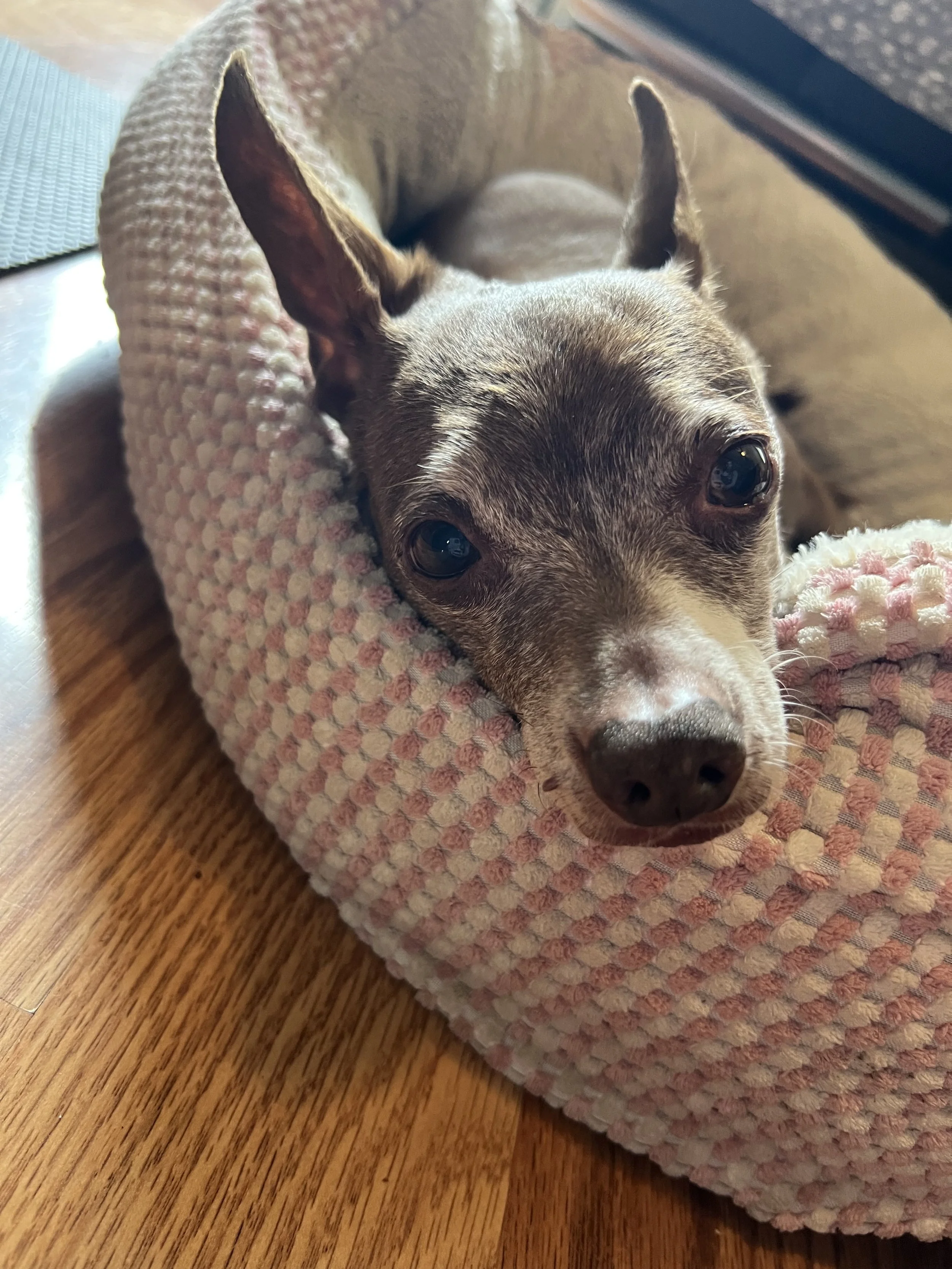Signs of Nerve Damage in Your Dog’s Back Legs: A Pet Owner’s Guide
Watching your dog struggle with mobility is heartbreaking. Sometimes, the struggle will be subtle. You won’t be exactly sure what’s wrong, but something will just seem “off”. You know your dog well, after all, so if there is even a slight change in their movement pattern, you are sure to notice.
In other cases, the issue will be obvious to everyone. They might be dragging one paw along the ground or wobbling while trying to stand still. It’s important to get to the bottom of this problem right away so the right treatments can be provided. More information is provided below, and you are welcome to contact Austin Canine Rehab at any time to ask about treatment options.
Why Back Leg Nerve Damage Happens in Dogs
A few potential causes exist for back leg nerve damage in dogs. At the heart of the matter is an interruption in the signals that are being sent from the brain and spinal cord to the muscles.
It’s easy to mistake nerve damage issues with the symptoms of arthritis, so getting a clear diagnosis from a vet is key to make sure future treatments are on the right track.
Intervertebral Disc Disease. Often referred to simply as IVDD, this is a condition that can affect back leg function. The cushioning discs between vertebrae decline with IVDD, and as a result, those vertebrae can press on nerves and cause functional issues.
Degenerative Myelopathy. The best comparison to DM in terms of human health would be ALS. This is a disease that leads to a gradual loss of coordination and strength in the hind limbs.
Trauma or Injury. Sometimes, it’s a fall or accident that causes nerve damage. The hind leg symptoms that stem from an injury may be evident immediately, or they may develop over time in the weeks and months following the event.
GOLPP. A condition often seen in older, large-breed dogs, Geriatric Onset Laryngeal Paralysis and Polyneuropathy impacts nerves in the larynx and limbs. This condition can lead to weakness or wobbliness in the back legs of affected dogs.
Librela Use. More and more dogs are being prescribed Librela, which is a drug that blocks nerve growth factor throughout the dog’s body. While a rare side effect, this can take away the ability for nerves to be repaired in a neuro compromised dog, and the dog’s ability to use their hind legs may quickly decline as a result.
Early Warning Signs of Nerve Damage in Back Legs
As a dog owner, you should always be paying attention to the health of your pet to make sure things are okay. Your dog can’t talk to you and tell you directly when something is wrong, so you have to put on your detective hat and watch for clues along the way.
One early warning sign of back leg nerve damage is known as knuckling. This is a movement where the dog’s paw drags or flips under as they walk or when standing. This can occur due to a loss of sensation in the paw. You might also notice some weakness or wobbliness, especially when they try to turn while walking or running.
Stairs are another opportunity to observe any issues. If your dog usually goes up a flight of stairs without any trouble, but is now struggling to make it to the top, that could point to a hind leg problem.
In addition to movement changes, bowel control issues can also relate to nerve damage. When nerves aren’t functioning as they should, the dog may not have normal bowel and bladder control, and may begin to have regular accidents as a result.
How Nerve Damage is Diagnosed
Nerve damage needs to be formally diagnosed by a vet. Your vet will put the dog through a variety of movements and check reflexes, muscle tone, and coordination. Imaging can also be used to take a closer look at the spine, discs, and nerve roots. Some cases will be easy for a vet to diagnose in a single visit, while other cases will require follow-up appointments and perhaps a visit with a specialist. There are several animal neurologists in the Austin area you can see with a referral from your primary veterinarian!
Why Early Intervention Matters for Nerve Damage
Catching nerve damage early is critical, as this issue tends to be progressive. It will usually get worse as time passes, until some type of treatment is provided. Movement-based rehab is essential in helping your dog overcome this challenge and maintain a positive quality of life.
Dogs are incredibly adaptable animals when given the opportunity. A customized rehab approach using a variety of treatments can build strength, improve coordination, and help your dog live a great life despite the nerve loss challenges that they are facing.
What Hind Leg Treatment and Rehab Looks Like
At Austin Canine Rehab, we are all about customizing our treatments to serve each specific dog. We don’t believe in a one-size-fits-all approach, as every pet is unique.
When we build a treatment plan, we utilize a few different options that can help your dog avoid long-term disability. For starters, manual therapy is a great way to release tension and improve circulation. Land-based mobility and gait exercises are also critically important to build strength and restore coordination. We always talk through all options with pet owners to settle on a plan that everyone believes is the best course of action.
When to Seek Help Immediately
It’s important to get help right away if you notice certain symptoms in your dog. Sudden paralysis is a clear signal that something is very wrong, and you should get your dog to a vet or emergency clinic right away. Also, if your dog has lost control of their bladder, or can’t stand at all, get help as soon as possible.
If you aren’t facing an emergency situation, reach out to Austin Canine Rehab today to talk about our treatment options. We would be happy to work with you and your pet to support lasting health and many more years of mobility and memories.
Frequently Asked Questions
-
Arthritis is a disease that affects the joints specifically. It leads to pain, stiffness, and inflammation. On the other hand, nerve damage involves a disruption of the signals that are supposed to go from the spinal cord to the limbs. When those signals don’t go through properly, a number of problems can develop, including reduced coordination and muscle loss.
-
Sometimes, but not always. With the right rehab and care, some dogs will be able to recover fully from nerve damage. In other cases, the dog may not regain full function, but they could still enjoy significant improvements in comfort and mobility.
-
Yes. Although degenerative myelopathy is progressive and doesn’t have a known cure at this time, proper rehabilitation can slow the decline. Our treatment plans for DM aim to improve strength and extend the quality of life of your dog.
-
Targeted exercises can make a big difference in helping your dog walk comfortably despite nerve issues. Working with a certified canine rehabilitation therapist will put your dog on the right track. Other small steps you can take include keeping the dog on supportive surfaces, when possible, and providing traction aids such as booties.
-
Yes. These are effective tools that can help dogs with advanced weakness or paralysis. When used properly, a dog wheelchair or support harness will be able to offer the dog independence while also reducing the strain on you. Talk to the team at Austin Canine Rehab to determine which product will be right for your dog.





